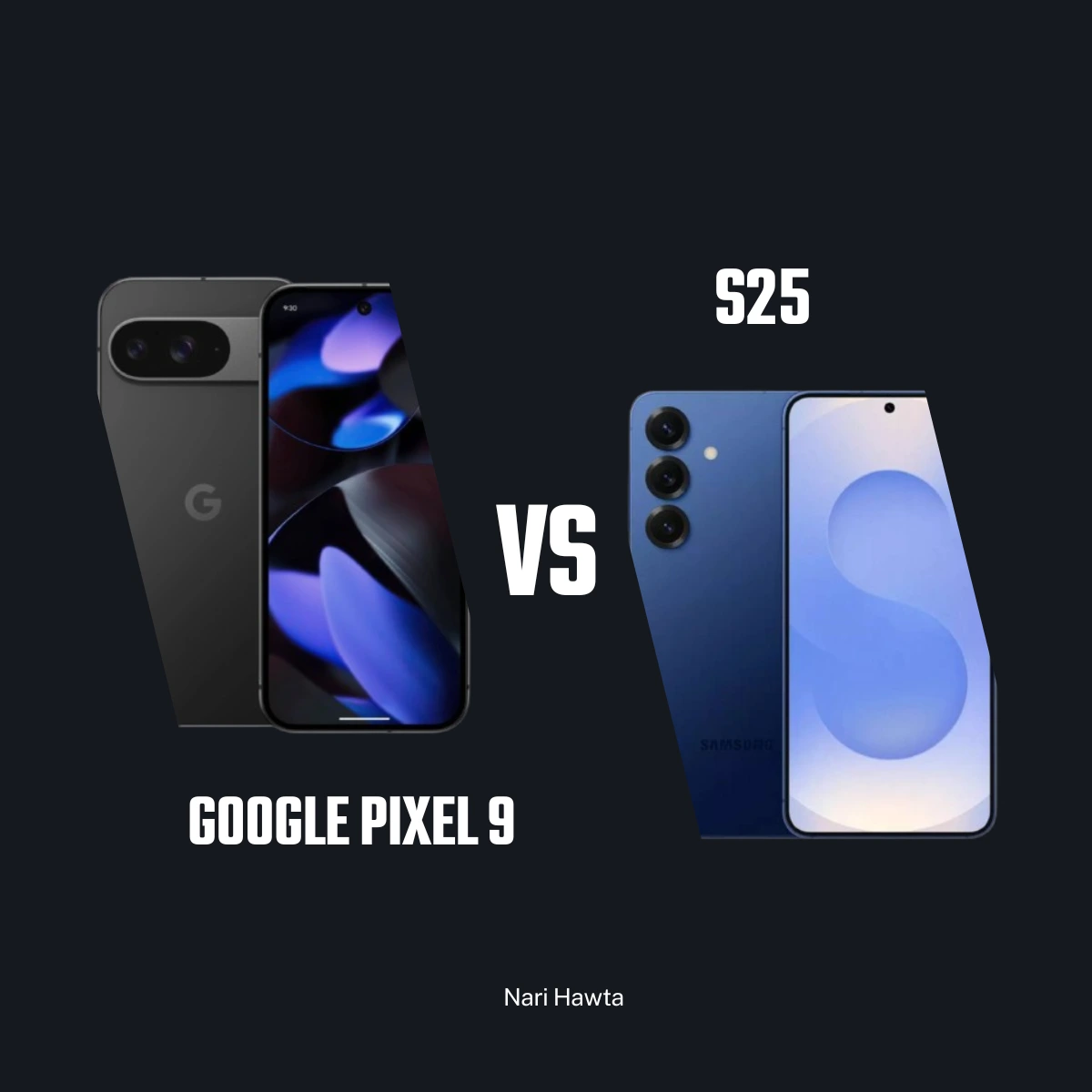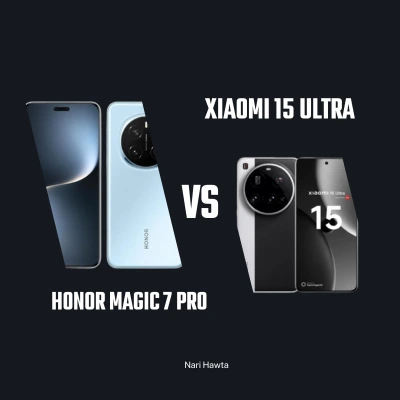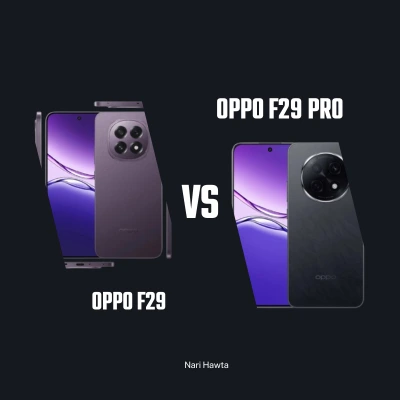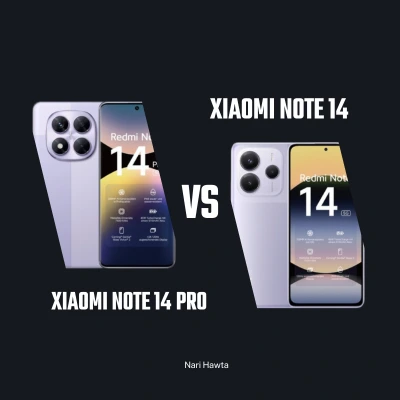The smartphone world is once again buzzing with excitement as two of the most anticipated flagships hit the market — the Samsung Galaxy S25 and the Google Pixel 9. Each brings its own vision of what a premium phone should be, from sleek designs and vibrant displays to cutting-edge camera systems and lightning-fast performance. While Samsung continues to refine its Galaxy series with powerful hardware and versatile features, Google is pushing forward with AI-driven innovations and a pure Android experience.
But when it comes to choosing your next daily driver, the details matter. How do they compare in terms of design and build quality? Which one offers the better display for streaming and gaming? Are the camera upgrades enough to sway mobile photography lovers? And what about battery life, software experience, and overall value for money?
In this full comparison, we’ll put the Samsung Galaxy S25 and Google Pixel 9 head-to-head across all key areas, giving you the insights you need to decide which flagship truly deserves a spot in your pocket.
| Samsung Galaxy S25 | Google Pixel 9 | |
|---|---|---|
| Display | 6.2″ Dynamic LTPO AMOLED 2X, 1080 × 2340, 120Hz, 2600 nits | 6.3″ Actua OLED, 1080 × 2424, 60–120Hz, up to 2700 nits peak brightness |
| Processor | Qualcomm Snapdragon 8 Elite for Galaxy | Google Tensor G4 |
| RAM & Storage | 12 GB RAM; 128/256/512 GB storage | 12 GB RAM; 128/256 GB storage |
| Rear Cameras | 50 MP wide + 12 MP ultrawide + 10 MP telephoto (3× zoom) | 50 MP wide + 48 MP ultrawide (no telephoto on base model) |
| Front Camera | 12 MP selfie | 10.5 MP selfie |
| Battery | 4,000 mAh | Approximately 4,558 mAh |
| Software & Updates | Launches with Android 15, One UI 7; 7 years of updates | Launches with Android 14 (update to Android 15 available); 7 years of updates |
| Unique Features | AI-powered tools via Samsung Galaxy AI, powerful Snapdragon 8 Elite performance | AI editing tools (Magic Editor, “Add Me”), Satellite SOS via Tensor G4 + Gemini Nano |
Google Pixel 9 in the US

Google Pixel 9
Exceptional photography with AI-enhanced, natural-looking shots—especially strong in low-light conditions.
Brighter display (up to 2700 nits) and a slightly larger screen improve visibility.
Larger battery (≈4700 mAh) with faster wired charging (27 W) offers longer endurance.
Great value—often discounted compared to the S25, yet still offers strong specs.
Robust Personal Safety tools, including satellite SOS, car-crash detection, and safety checks.
Weaker raw performance—Tensor G4 trails behind Snapdragon 8 Elite in benchmarks and demanding tasks.
No telephoto lens, which means lack of real optical zoom; relies on AI-based digital zoom instead.
Charging isn’t particularly fast, despite improvements, and remains behind some rivals.
Less customization—simplified UI that may not appeal to users looking for rich personalization.
Design
Google Pixel 9 follows the modern Pixel design trend with flat edges and an elongated floating camera bar. It uses a Gorilla Glass Victus 2 cover, a metal backplate, and recyclables (100% recycled aluminum frame), offering both durability and eco-friendliness
Display
Pixel 9 features a 6.3″ Actua OLED display, also with 60–120 Hz refresh, Gorilla Glass Victus 2, HDR support, and up to 2700 nits of peak brightness—still excellent but slightly dimmer and marginally lower resolution than the Xiaomi 15
Privacy & Security
Pixel 9 includes a Titan M2 security coprocessor, a Tensor security core, and a Trusted Execution Environment, with multi-layered protection against malware and phishing. It also supports seven years of OS and security updates, along with the new Satellite SOS feature for emergency connectivity
Cameras
Pixel 9 offers a dual rear setup: 50 MP wide and 48 MP ultrawide with Macro Focus and Super Res Zoom (up to 8×). The front camera is 10.5 MP. Google emphasizes computational photography features like Magic Editor and Add Me rather than hardware versatility
Performance & Software
Pixel 9 runs on Google’s Tensor G4 chip with Titan M2, 12 GB LPDDR5X RAM, and stock Android UI. It offers deep AI integration—Gemini Nano chatbot, Pixel Studio image generation, Call Notes, Pixel Weather, and more—alongside seven years of updates
Battery & Charging
Pixel 9 includes a 4700 mAh battery, supports fast wired (up to ~45 W) and wireless charging, and offers 24+ hours of typical use (extendable to around 100 hours with Extreme Battery Saver)
Samsung Galaxy S25 in the US
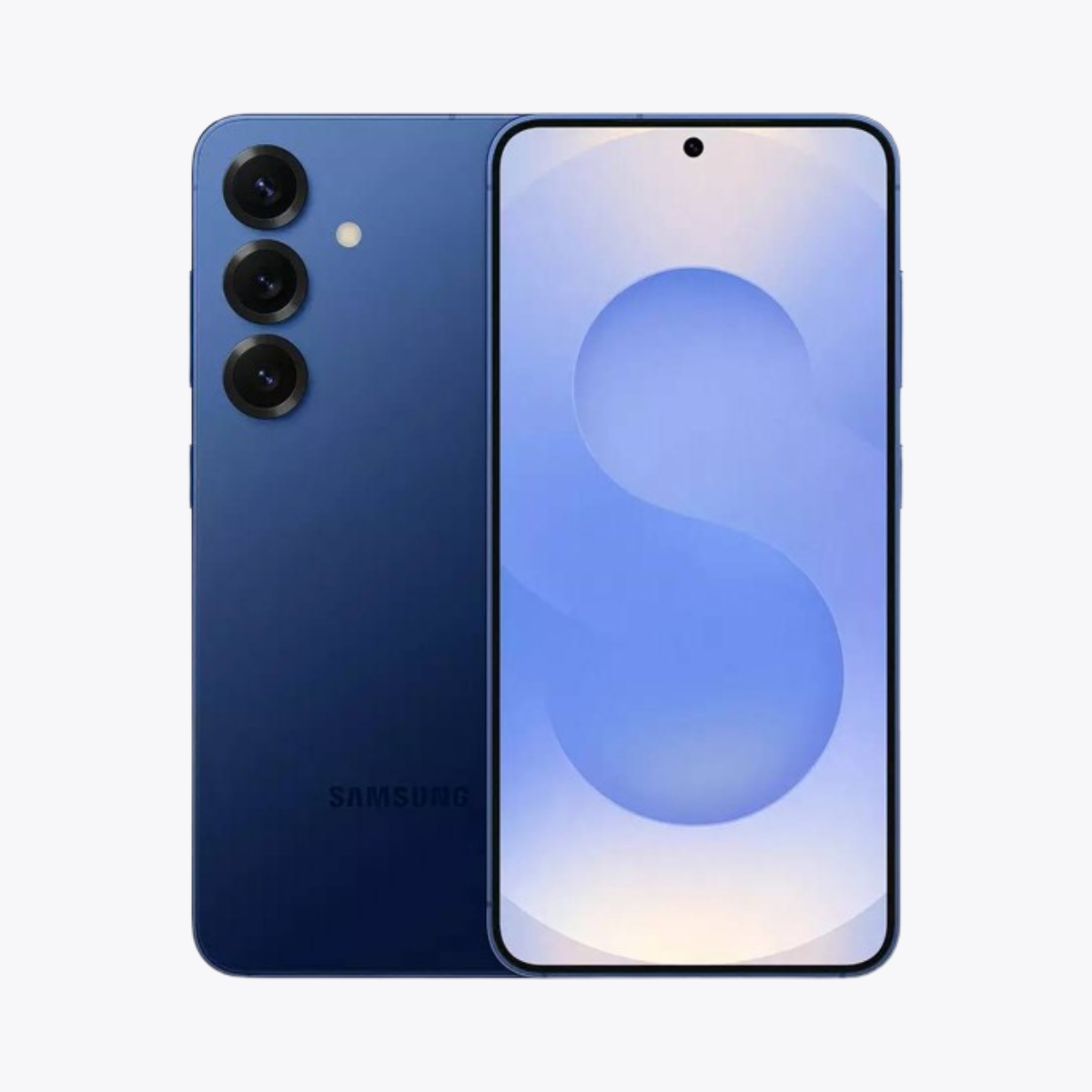
Samsung Galaxy S25
Superior performance—Snapdragon 8 Elite delivers leading-edge speed for gaming, multitasking, and benchmarking.
Versatile triple-camera system, including a 3x telephoto lens and 8K video capabilities.
Compact and lightweight build, making it easy to handle despite flagship specs.
Efficient LTPO display with adaptive refresh rate (1–120 Hz) helps balance smoothness and battery life.
Comprehensive AI tools (Galaxy AI) like Generative Edit, Now Brief, voice actions enhance productivity and creativity.
Seven years of software updates ensure long-term value.
Emergency SOS captures location, photos, and audio in critical situations (carrier-dependent).
Smaller battery capacity (≈4000 mAh) and slower charging (25 W wired) may shorten usage compared to Pixel 9.
More expensive, with higher starting pricing than Pixel 9.
Lacks significant innovation over predecessor—design, display, and camera hardware largely unchanged.
Telephoto gains may not translate to better low-light shots compared to Pixel’s AI processing.
Design
Xiaomi 15 features a compact and sturdy build with an aviation-grade aluminum frame, IP68 water and dust resistance, and a refined 6.36″ OLED display—measuring 152.3 × 71.2 × 8.08 mm and weighing about 181 g
Display
Xiaomi 15 offers a sharp 6.36″ 1.5K LTPO AMOLED panel with 120 Hz refresh rate, an impressive 3200 nits peak brightness, and HDR10+ support—ideal for media consumption in bright conditions
Privacy & Security
Xiaomi 15, while secure but less transparent on spec details, runs HyperOS 2.x (based on Android 15) with AI optimizations. However, Xiaomi's OS may require a Xiaomi account to access certain AI services, and software update timelines are generally shorter (around 4 years) compared to Pixel’s 7 years
Cameras
Xiaomi 15 stands out with a versatile Leica-tuned triple-camera array—50 MP primary (with OIS), 50 MP ultrawide, and 50 MP telephoto—paired with a high-res 32 MP front shooter. It supports 8K video, 1920 fps slow-mo, and extensive Pro and RAW controls
Performance & Software
Xiaomi 15 is powered by the Snapdragon 8 Elite (3 nm), paired with 12–16 GB LPDDR5X RAM and UFS 4.0 (or 4.1 for Ultra) storage. It also features advanced cooling and Wi-Fi 7, NFC, and 5G capabilities for future-proof performance
Battery & Charging
Xiaomi 15 packs a generous 5240 mAh (or 5400 mAh in China) silicon-carbon battery with incredibly fast 90 W wired and 50 W wireless charging. It delivers outstanding battery life—about 32 hours total use—and includes reverse wireless charging
Conclusion
Both the Xiaomi 15 and Google Pixel 9 are exceptional flagship smartphones, but they cater to slightly different priorities. The Xiaomi 15 shines with its brighter and sharper display, more versatile Leica-powered camera system, larger battery, and much faster charging speeds—making it ideal for users who want top-tier hardware and long-lasting endurance. On the other hand, the Pixel 9 offers unmatched software longevity, clean Android with deep AI integration, and robust security features, along with Google’s renowned computational photography for effortless point-and-shoot excellence.
If you value raw performance, premium materials, and hardware versatility, the Xiaomi 15 is hard to beat. But if your focus is long-term reliability, smart AI tools, and guaranteed updates, the Pixel 9 is the safer choice. Ultimately, the best pick depends on whether you prefer hardware power or software smarts in your next flagship.
